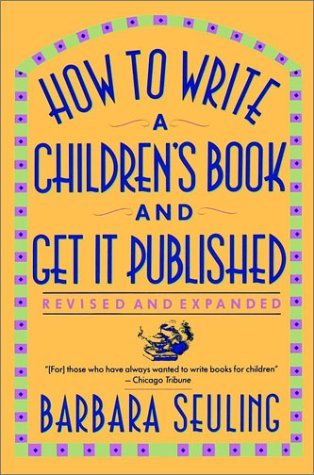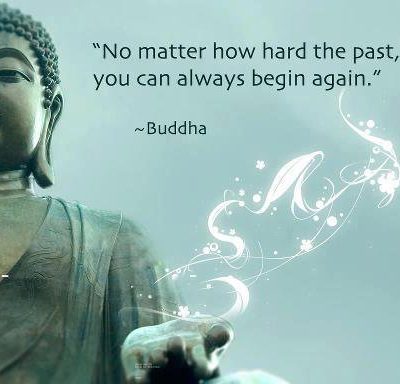How to Write a Children’s Book: Financial Literacy
Part 14 of our ongoing series of Financial Literacy
This post started as a review of “How to Write a Children’s Book and Get It Published.” But then I got to thinking. You see the author, Barbara Seuling does a good job of guiding people on how to have published their books – in the past. The book was first published in 1984 and revised in 1991. That is a long time ago in publishing. But some of the tips and thoughts are worth the read. Very much so.
What does this have to do with Financial Literacy?

The author encourages would be writers to do some reading to research others that have written in the style that they are considering. Or even in styles that they are not considering. Reading, especially with a notepad nearby, is a great way to learn – but do take those notes.
The author encourages writers to write. Throw it out after you have written it – if you really don’t like it. Edit and revise – if you think it has merit. Read it out loud to test it with your ears. Open them ears – to listen with a critical, but positive ear.
Plan when you are going to write – on a daily basis, if at all possible – and stick to the plan. Plan it in writing. Plan it sincerely. Stick to the plan.
All good advice for a budding writer. All good advice for someone that wants to get a better and eventually, a good grasp of financial literacy as well.
To do all of the above means you need courage. Courage does not mean that you are not nervous or even a little afraid. Rather, “courage means pushing yourself into taking that first scary step toward where you want to go,” says the author. Life and Financial Literacy all need courage as well.
What got me thinking about Financial Literacy when reading this book was when the author explained the reasons to write and the financial implications of doing so. Remember, the book was revised over 30 years ago. The numbers might change but the principles will be the same. “There is no way to guess how much money you can make on a book,” she says. At least not without a lot of market research, and even then, it is more miss than hit.
She explains that if things go well, you might receive an advance of $2500 from a hardcover publisher for your first novel. If it has a price of $9.95, your royalty of 10% will give you almost $1 per book. If you sell 5000 copies, you will earn $5000 dollars. Deduct your advance of $2500, and you are left with $2500. In other words, don’t give up your day job.
Writing, like most art, is a work of passion. It takes time, luck, and timing to make it big. If that is your hope, you might need a different craft. But if you do it for the pleasure, that is great. If you are doing it for the business, you better learn how to leverage your time.
How? Well, there are many ways, but as the author writes, “an apprentice in any profession takes years to learn their craft. Don’t be impatient.” We might add, that learning financial literacy takes years to learn, and consistent, life-long learning to master. Don’t be impatient – read, study, try, and by all means learn from your experiences.
Lino Matteo ©™
Twitter @Lino_Matteo
#Business #BusinessEnglish #Montreal #BusinessAnalysis #Books #BookReview #FinancialLiteracy
